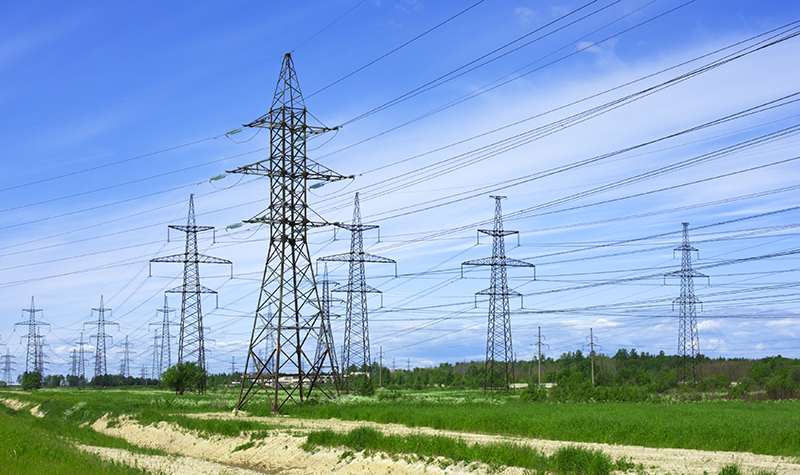
The Sunday News

Roberta Katunga Senior Business Reporter—
POWER utility company — Zesa — will construct an estimated 20km pipeline that will link its Bulawayo Power Station and Khami Dam to draw water for power generation as part of investments lined up to improve electricity generation in the country. The project, set to breathe life into a stuttering industry in the country’s second capital, is part of the US$87 million loan that the parastatal secured from the Export- Import Bank of India (Exim) to improve and refurbish the thermal power unit.
The project will also bring to use vast water resources at the dam, which have not been used after debate on its suitability for human consumption. Khami dam was decommissioned by the Bulawayo City Council in 1988 due to high levels of pollution yet the water body is always full to capacity because it receives water deposits from industrial waste, among other contributories.
Zesa spokesperson Mr Fullard Gwasira said the upgrading of Bulawayo Power Station will depend on increased water supply.
“The water at Khami is not being used for human consumption hence we are building a canal to tap water from that water body for power generation as we will not be competing with domestic human use. We have put out a tender for companies to do the work,” said Mr Gwasira.
Water is one of the major issues industry has cited as a major drawback to the growth of commerce in Bulawayo. The city gets its water from dams in Matabeleland South, a region which receives below average rainfall. The erratic water supplies to Bulawayo has in the past resulted in massive water rationing, affecting constant supplies for both domestic and industrial use.
Mr Gwasira said the company has already flighted a tender inviting companies that can provide expertise for a topographical survey for pipeline route. The tender is expected to be done by the first half of the year, added Mr Gwasira, with construction expected to start in the second half.
“Work on the canal should ideally start in July or August this year and will take three years to complete and will breathe life into the facility that was built in 1947 with a 120 megawatt (MW) capacity but has reduced electricity generation to a maximum 30MW owing to obsolete equipment. At the end of the exercise about 70 MW are expected to be added to the current capacity,” he said, adding that an increase in the national grid will result in an improvement for the whole country.
According to the Consumer Energy Center, one megawatt is enough to power 1 000 homes at any given time with all their basic electrical appliances switched on. Revamping the Bulawayo Power Station is also set to improve the obtaining electricity situation and industrial productivity.
Industry, which has been affected by over a decade of inactivity, says its efforts to return to productivity have been hampered by inadequate electricity and load shedding which in turn has led to the breaking down of machinery and loss of production time.
The country generates an average 1 000MW against an installed capacity of 2 245MW and a demand of 2 200MW.
Major power stations such as Hwange are generating an average 440MW with Kariba producing 460MW while Harare is producing about 30MW and Munyati 17MW. The electricity situation has been worsened by decreased water levels in Kariba and the constant breakdown at Hwange Power Station.



